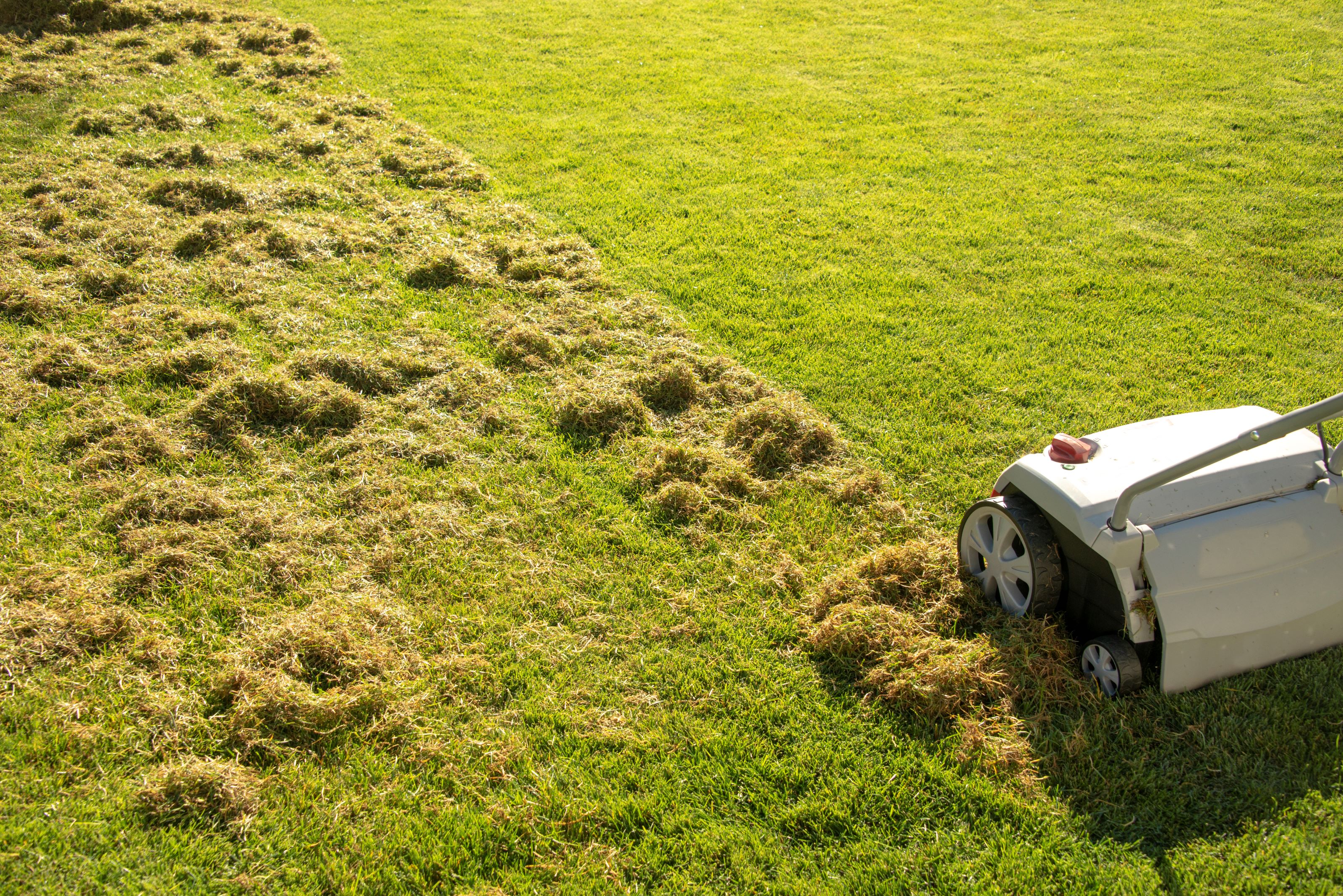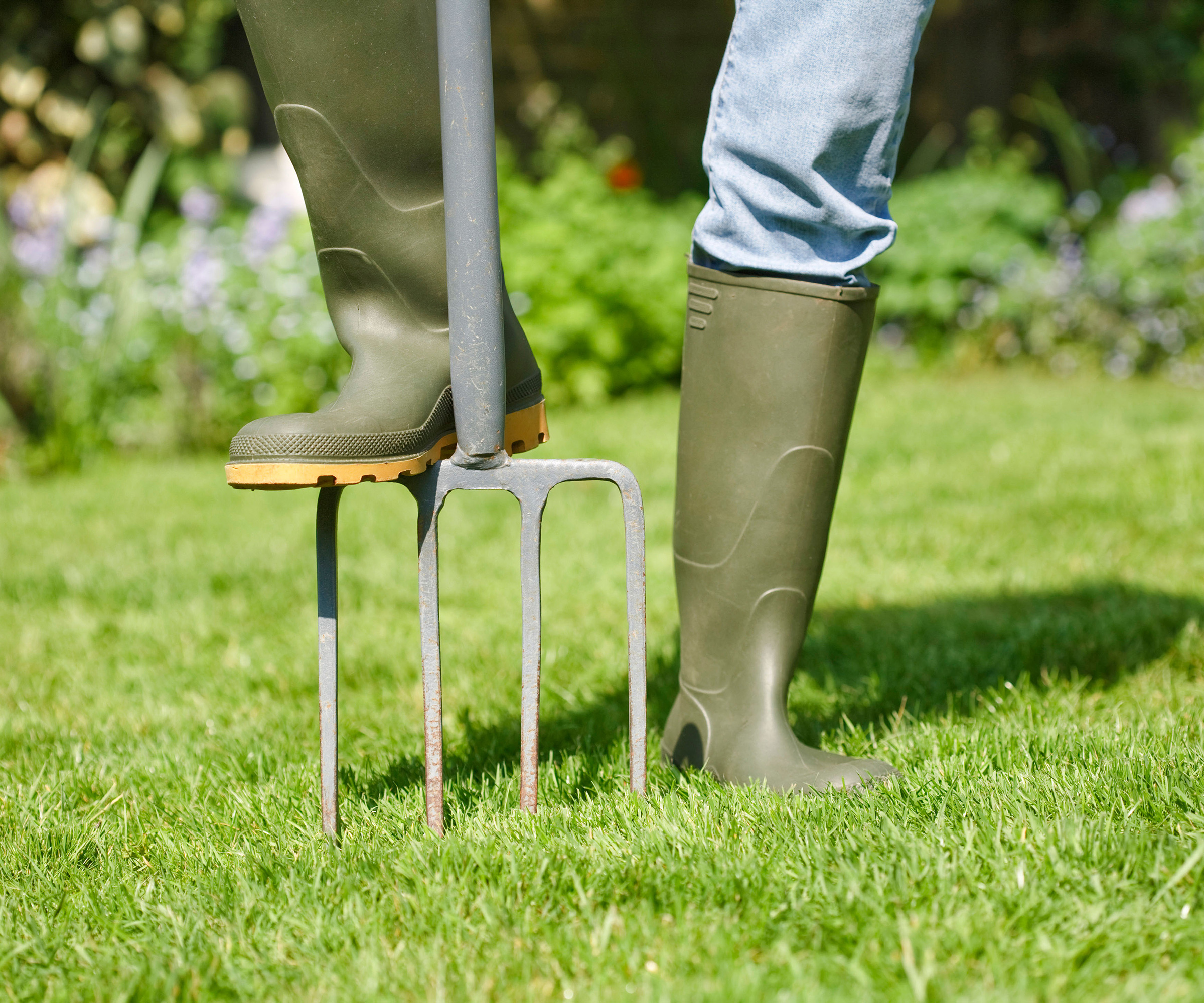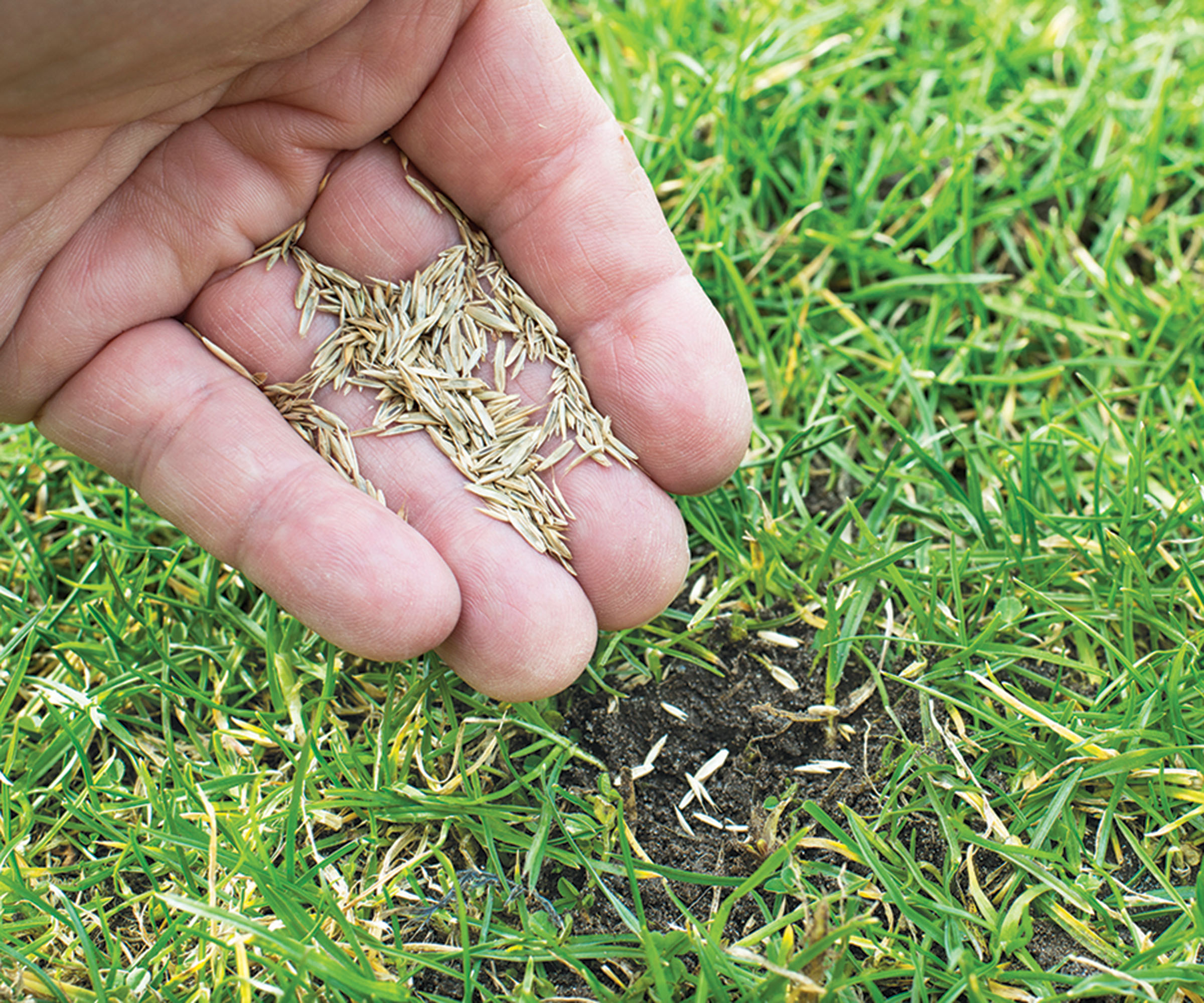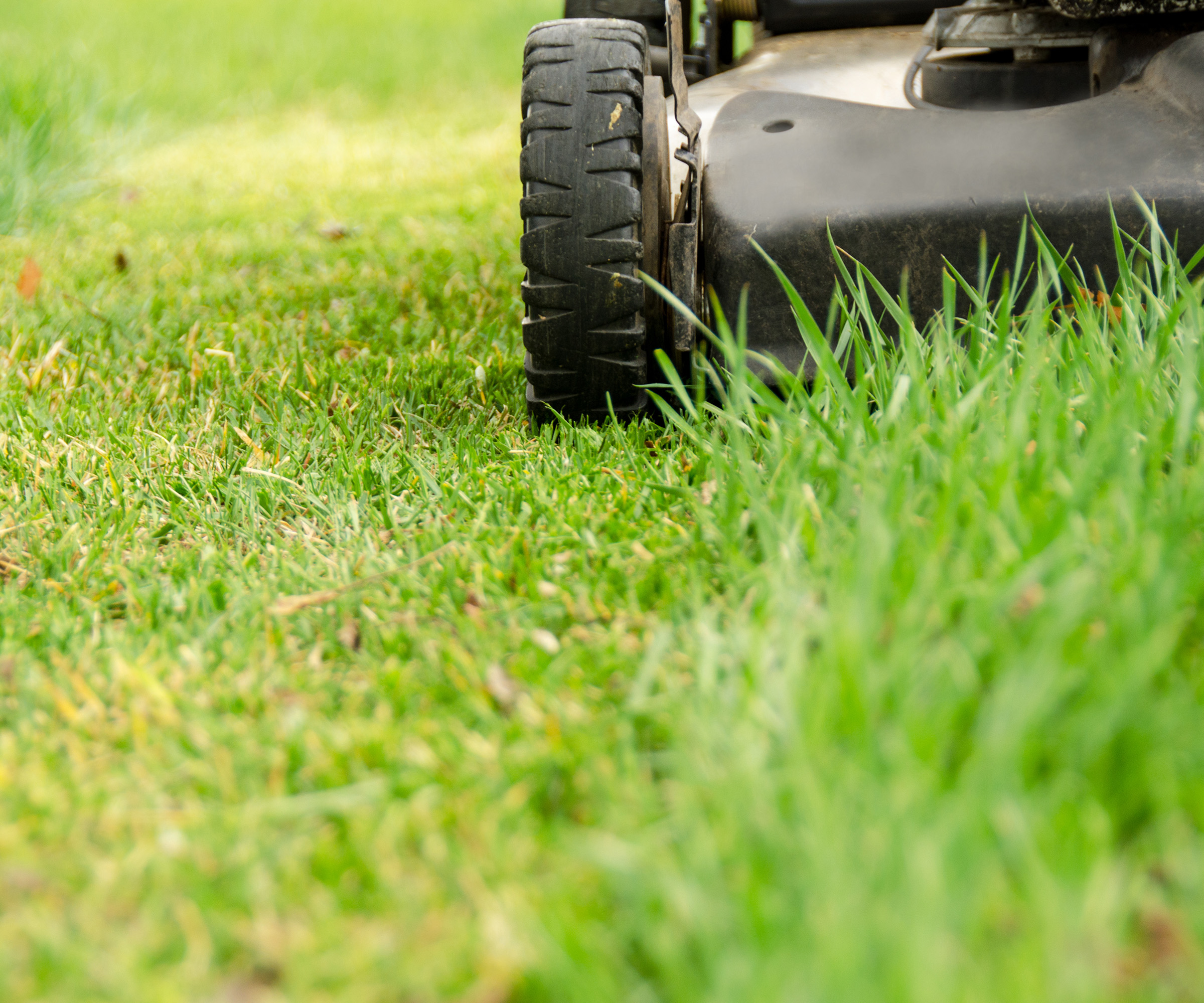Worried you went too far with the scarifier? Don't be — experts share what to do after scarifying your lawn
These are the essential next steps after scarifying a lawn to bring it back to full health

Scarifying a lawn is a job which lawn care experts all agree is essential for the health of your grass. But what to do after scarifying your lawn?
Once the dead grass and moss has been removed, you might be alarmed at the dead-looking patches that are left behind after scarifying. Don't be – lawn care experts will tell you how good lawns are at recovering.
In fact, the bare patches are allowing greater air circulation to your soil, which will help new seed to take root. Check out the essential next steps below to ensure a thick and healthy lawn follows.
1. Remove the debris
Once you’ve scarified at the best time, the immediate next step is crucial: clearing the debris. “Remove all the dead moss, thatch and weeds immediately,” advises Jane Fairlie, technical training manager at Doff Portland.
“Leaving it on the surface can stop light and air from reaching the soil, which will impact recovery. Rake it into piles, lift it with leaf grabs and compost it or place it in your garden waste bin,” says Jane.
Once you've cleared up, it's important not to walk on your lawn for a couple of weeks after scarification.

2. Check soil condition
After scarifying, it’s worth checking the condition of your soil. “Over time, lawns become compacted, especially in high-traffic areas,” Jane says.
Bring your dream home to life with expert advice, how to guides and design inspiration. Sign up for our newsletter and get two free tickets to a Homebuilding & Renovating Show near you.
Aeration will help a lawn after scarification as it can alleviate soil compaction, says Richard Barker, commercial director and horticultural expert at LBS Horticulture.
"The small soil cores left behind after aeration can contain beneficial microorganisms that may help to break down any remaining thatch," he adds.

3. Feed and top dress
After a few weeks, your lawn is on the mend, so your next step is to give a nutrient boost to get your lawn thickening up.
"A lawn fertiliser that is rich in nitrogen can help to encourage grass development for faster recovery, or alternatively a slow-release fertiliser will gradually feed your lawn over a few weeks as it recovers," suggests Richard.
Try Dark Green Lawn Fertiliser, £13.99 at Amazon. If you prefer to go natural, Jane Fairlie suggests you try an organic granular fertiliser; it’s a great alternative for eco-conscious gardeners.


With 4 years in the industry, Richard Barker is an expert in horticulture and the commercial director at LBS Horticulture. He is keen to share his knowledge with both experienced and beginner gardeners, and prides himself in keeping up to date in the latest horticultural trends.
4. Overseed bare patches
Give it about a week after fertilising before overseeding. This gives the feed time to settle into the soil,” Jane Fairlie explains. Try Fast Growing Grass Seed for Quick Lawn Patch Repair at Amazon.
“The best conditions to apply new grass seed are moist soil, ideally after rain. If it’s dry, water with a sprinkler first. Press seeds down gently with a roller or by walking over the area.”
If you skip the fertiliser step, you should wait two to three weeks after scarifying before overseeding your lawn. "This time period will allow the lawn to recover from the stress of scarification, which can provide a healthier environment for new grass seed," says Richard.

5. Wait to mow
"As you should have mowed the lawn prior to scarifying, you should wait a week or two before mowing it again after it has been scarified to allow it adequate time to recover," says Richard.
“The goal is just to trim the tips as this encourages tillering, where grass thickens by producing new shoots at the base. So mow at the highest setting on your mower," says Jane
You should mow your lawn before applying new grass seed, then wait until it's grown 5-8 cm (2-3 in) high before mowing again.


Jane is technical development manager at Doff Portland - manufacturer of premium garden care products
6. Treat weeds if needed
Moss will have been removed during the scarification process and any extra weeds in lawns should be removed by hand.
Richard Barker's advice is to avoid using herbicides for at least two weeks after scarifying your lawn and delay the application of insecticides until the lawn shows signs of recovery.
7. Keep soil moist
The best time to water grass should be adjusted depending on the weather. "If you have scarified and overseeded your lawn, you should try to keep the top inch of soil consistently moist, which can be achieved through two to three light waterings a day," says Richard Barker.
"As the grass seed begins to germinate, you can reduce the frequency of watering, but you should increase the duration. After a few weeks, you can return to a normal watering schedule for your lawn," he says.

Spring and summer sees lawns come alive and not always with welcome visitors. Have a look at our guide on how to get rid of mushrooms on your lawn.

Teresa was part of a team that launched Easy Gardens in 2018 and worked as the Editor on this magazine. She has extensive experience writing and editing content on gardens and landscaping on brands such as Homes & Gardens, Country Homes & Interiors and Living Etc magazine. She has developed close working relationships with top landscape architects and leading industry experts, and has been exposed to an array of rich content and expertise.
In 2020 Teresa bought her first home. She and her partner worked alongside architects and builders to transform the downstairs area of her two bedroom Victorian house in north London into a usable space for her family. Along the way she learned the stresses, woes and joys of home renovation, and is now looking to her next project, landscaping the back garden.
